Fred,
The airflow in all the inlets we tested was channeled into brake duct hose and routed to where the intercooler sits in the stock wrx top mount location. The airflow meters are provided by the wind tunnel and are hooked into their data collection system, they are 3 inch diameter which works well for some vents (like the decklid and roof scoop) but may be restrictive on the side vents. Since we were going for relative numbers I think this was ok, but for real world use I was thinking 4 inch duct hose would be better from the side vents. To be most effective the hose would need to be hooked into a box around the duct that allows it to collect the air and then channels it down. That is how ours was arranged into the 3 inch duct as well, albeit fairly crude and made mostly of duct tape.
I am also picturing a box that sits on top of the intercooler with 4 inlets, 2 three inch and 2 four inch, to force this channeled air through, but we haven't gotten that far yet and we still have to really process the data before we start making any new parts to try. We ran 39 separate tests so there is a lot to look through.
- Home
- Latest Posts!
- Forums
- Blogs
- Vendors
- Forms
-
Links

- Welcomes and Introductions
- Roadster
- Type 65 Coupe
- 33 Hot Rod
- GTM Supercar
- 818
- Challenge Series
- 289 USRCC
- Coyote R&D
- Ask a Factory Five Tech
- Tech Updates
- General Discussions
- Off Topic Discussions
- Eastern Region
- Central Region
- Mountain Region
- Pacific Region
- Canadian Discussions
- Want to buy
- For Sale
- Pay it forward
-
Gallery

- Wiki-Build-Tech


 Thanks:
Thanks:  Likes:
Likes: 


 Reply With Quote
Reply With Quote



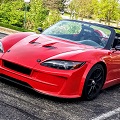


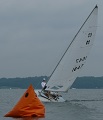




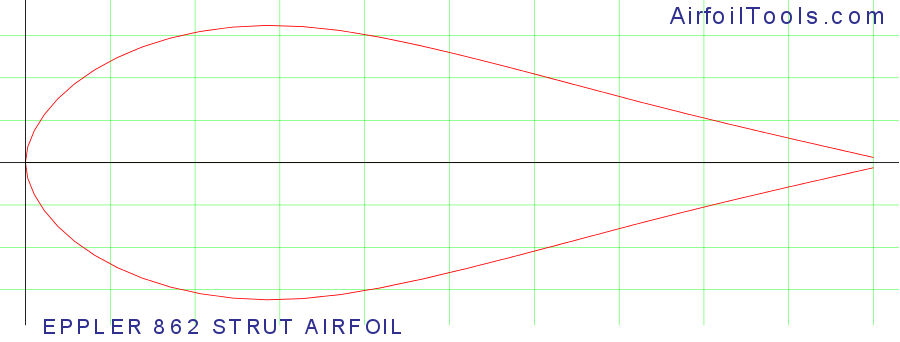
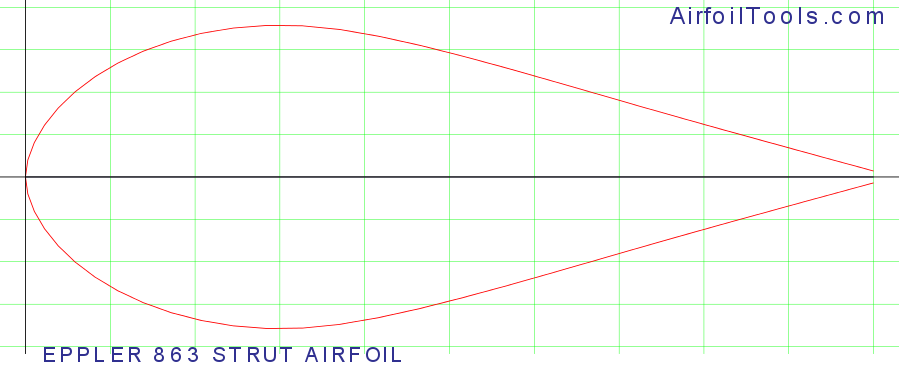
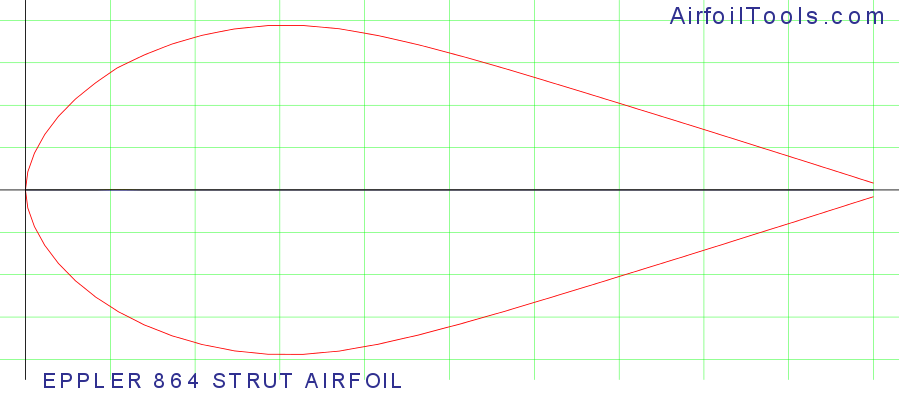
 )
)




